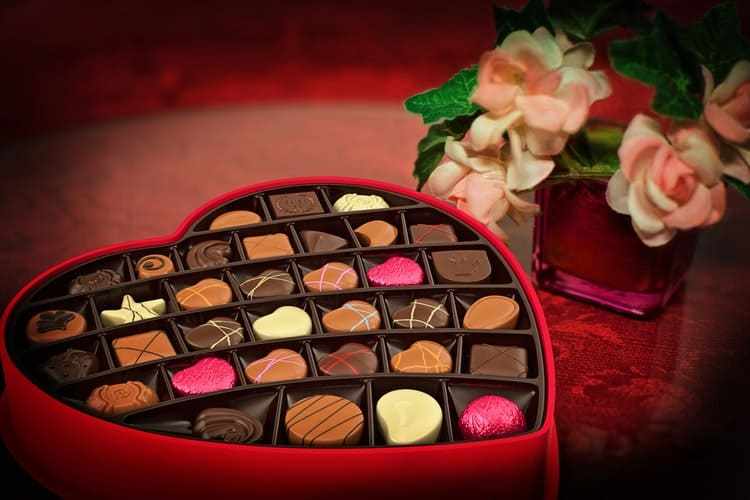
The Science Behind Your Favorite Valentine’s Day Candy
February 14, 2018 - Emily Newton
Revolutionized is reader-supported. When you buy through links on our site, we may earn an affiliate commission. Learn more here.
Valentine’s Day is here! Yet the stores have been stocking this holiday’s candy since before Christmas — the shelves are loaded with chocolate, conversation hearts, Kisses and lollipops. Have you ever wondered how Valentine’s Day candies are made? Read on for a breakdown of the science behind all those tasty treats!
Conversation Hearts
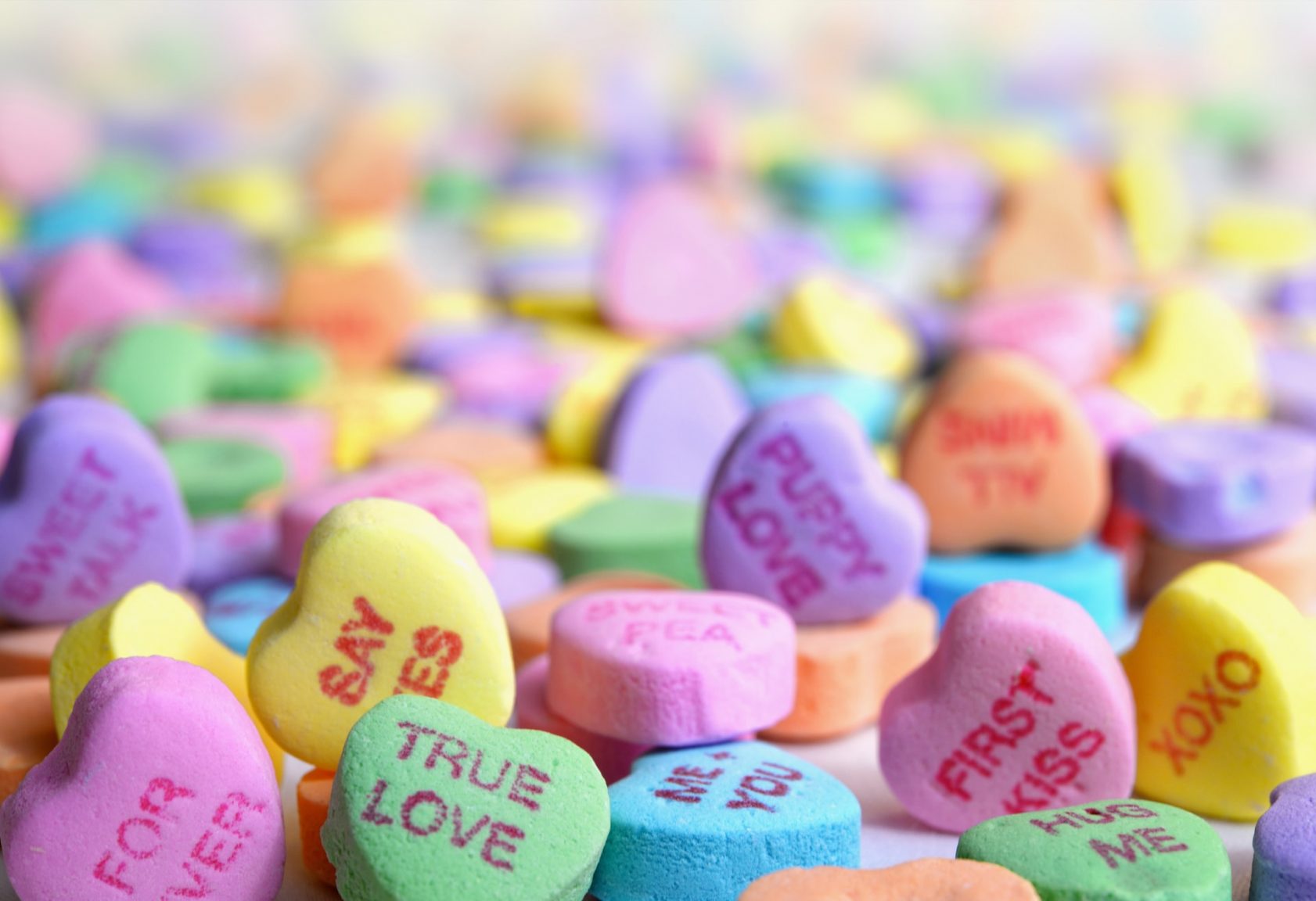
Conversation hearts are basically synonymous with Valentine’s Day — but they’re also one of the oldest holiday candies. The Necco Company created the original conversation heart in 1866 by hand-pressing food dye letters onto candy lozenges, and they became a Valentine’s staple in 1902. What’s the process behind these iconic candies?
The hearts use the same formula as the classic Necco Wafer — corn syrup, sugar, gelatin, food coloring and flavor. It’s mixed together and pressed in batches that weigh upwards of 500 pounds. Then, they get cut into their iconic heart shape, stamped with a variety of messages and dried for two to three days to get their crunchy consistency.
During their peak production season, Necco makes more than 100,000 pounds of those tiny hearts every day. The consistency of the candies gives them a porous surface carbonation bubbles can cling to, making them perfect for the Dancing Candy experiment — drop a few conversation hearts into a clear soda and watch them dance!
Hershey’s Kisses
The Hershey Chocolate company has its own town — Hershey, PA, home of Hershey’s Kisses. Almost all Hershey’s chocolate relies on the same process that starts out in cocoa beans harvested in plantations around the world. Once the dried beans arrive at the factory, workers break them down and process them into the tasty chocolate we’re all familiar with.
Hershey’s chocolate also uses cocoa butter as its primary fat, so it’s definitely a good chocolate. Hershey’s Kisses are unique because of their shape. Once the chocolate has been processed, it gets piped out into its familiar shape before cooling and getting wrapped.
Boxes of Chocolates
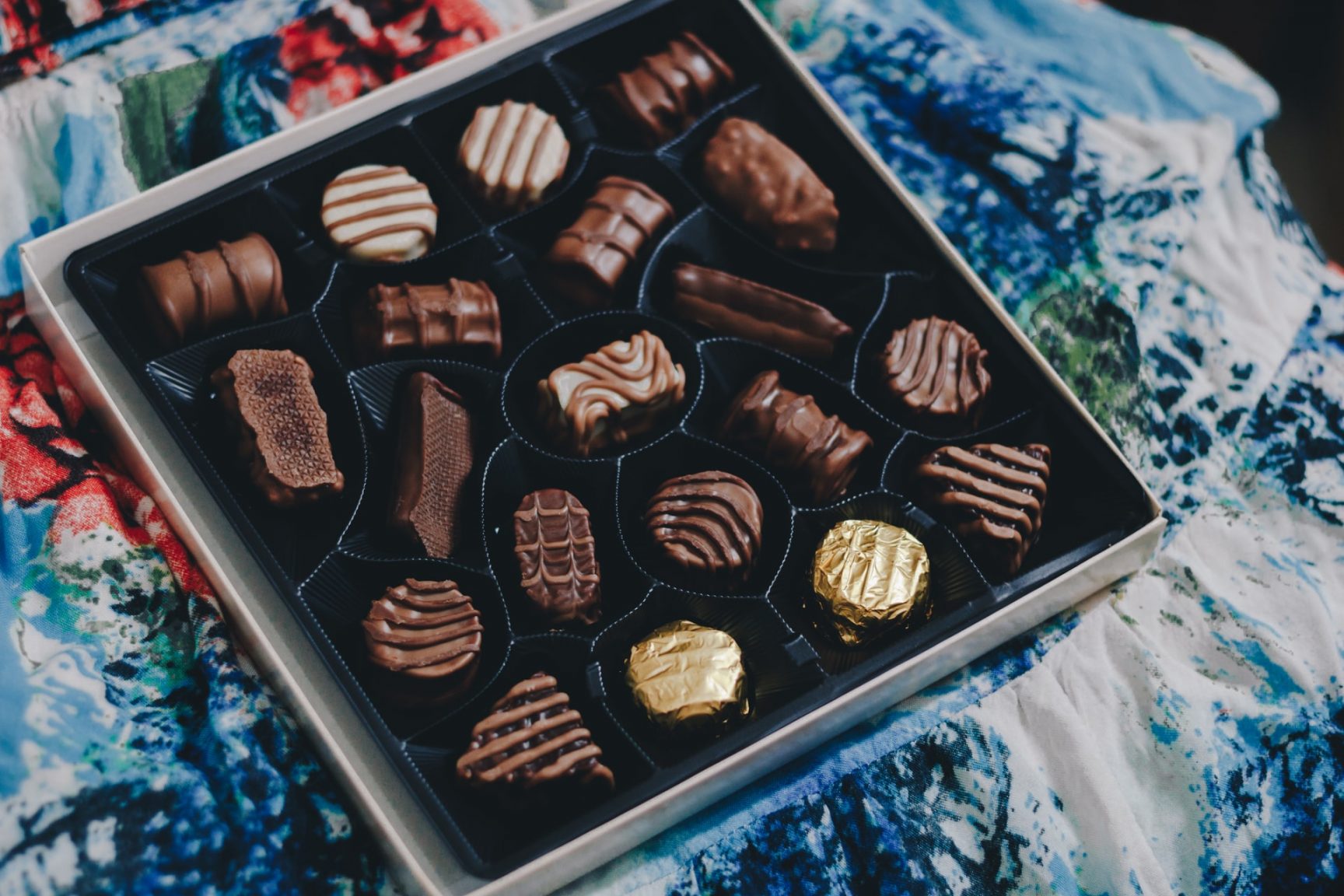
You can’t have Valentine’s Day without chocolate, and what better way to enjoy this tasty treat than by sampling all the different flavors in a variety box of chocolates? First, how can you pick the best chocolates for your special someone? It’s all in the ingredients — there’s a distinction between “good” chocolate and “bad” chocolate.”
The difference lies in the type of chocolate — if it’s pure chocolate, or what’s known as compound chocolate. Pure chocolate uses cocoa powder for its chocolate flavor and cocoa butter for its fat. This type of fat produces that to-die-for, melt-in-your-mouth consistency chocolate lovers are always looking for.
Compound chocolate still uses cocoa powder, but it replaces the cocoa butter with other fats, so it just doesn’t taste as good as the real thing. Once you’ve chosen your chocolate, creating those individual chocolates is pretty simple. If you’re not up to making DIY chocolates, make sure you’re looking for chocolate boxes that use the real thing instead of compound chocolate.
Candy Necklaces
Candy jewelry combines the best of both worlds — fashionable jewelry you can eat! These edible necklaces may be available year-round, but they make appearances for every major candy-related holiday as well.
No one really knows who came up with the idea of the candy necklace. However, they first appeared on candy store shelves in 1958. Today, they are extremely popular with children.
The process for creating a candy necklace is similar to other hard candies like Sweethearts or Smarties — a candy paste gets pressed into a molded shape and allowed to harden. The difference here is that these candies come with a hole in the center, allowing them to be threaded onto elastic strings to make awesome edible jewelry.
Chocolate Roses
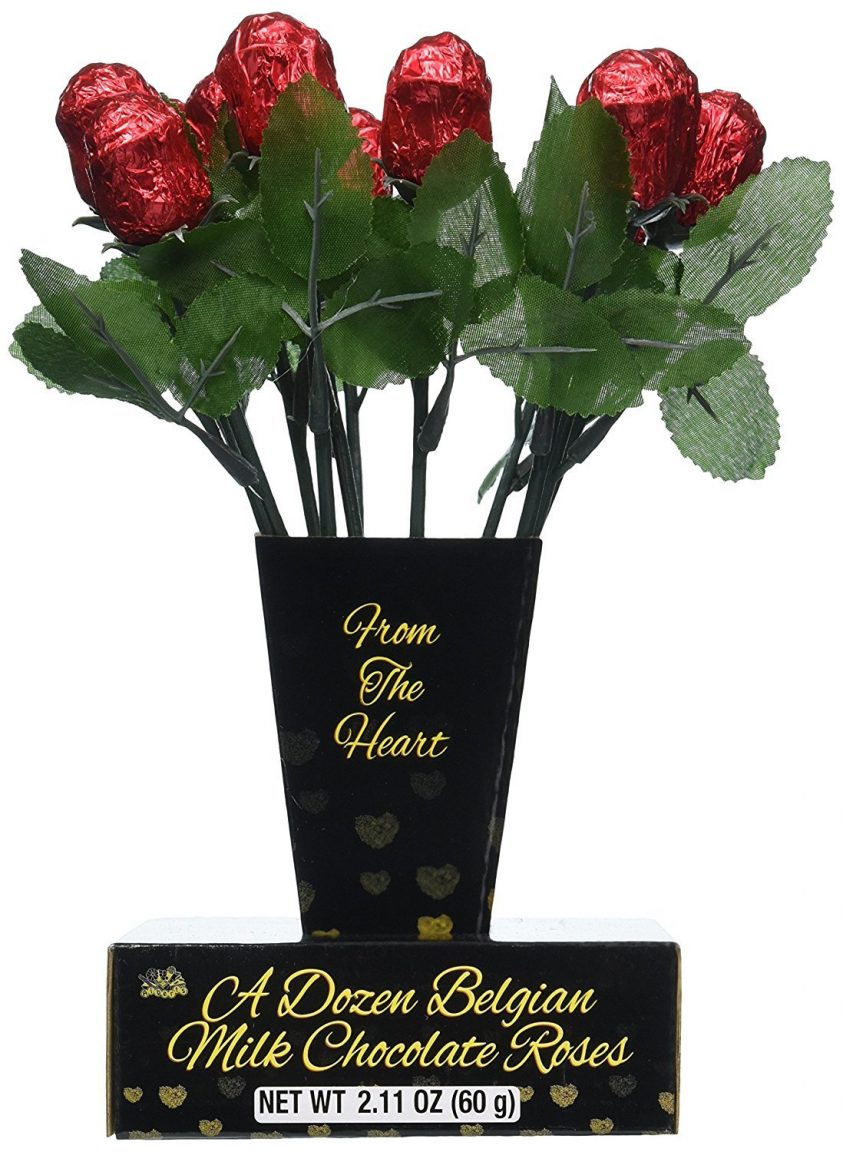
Chocolate roses combine the best of both worlds — roses your sweetheart can eat instead of having to deal with wilted, dead flowers in a week’s time. There are two ways to create chocolate roses: with individually molded tempered chocolate leaves, or by pouring chocolate into molds.
If you are interested in the science of chocolate, tempering is one of the most important things you can learn. Tempering is just a fancy cooking term for heating and then cooling chocolate to make the cocoa butter harden into a specific crystalline pattern. This process creates that iconic snap in molded chocolate. If the heat is too high, the chocolate just burns, and no one likes the taste of burned chocolate. If it’s too low, the chocolate doesn’t temper correctly, and it won’t harden. For delicate designs like rose petals, tempered chocolate is a must. If your chocolate doesn’t harden, you end up with a droopy rose, and that’s not very romantic.
M&M’s
M&Ms are probably one of the best-known chocolate treats in the United States. These little bites of chocolate are surrounded by a crunchy shell and marked with an iconic M — or W if you hold it upside down. Manufacturing M&M’s starts with chocolate and uses cocoa butter as the primary fat in the chocolate mixture.
Workers then form the chocolate into the M&M shape. If it has a filling like peanuts or pretzels, this is when workers add those ingredients. Then it is coated with the classic candy shell, making the iconic candy we know and love. One M&M’s factory makes approximately 2 billion individual candies in an eight-hour shift. That’s a lot of chocolate!
Chocolate Hearts
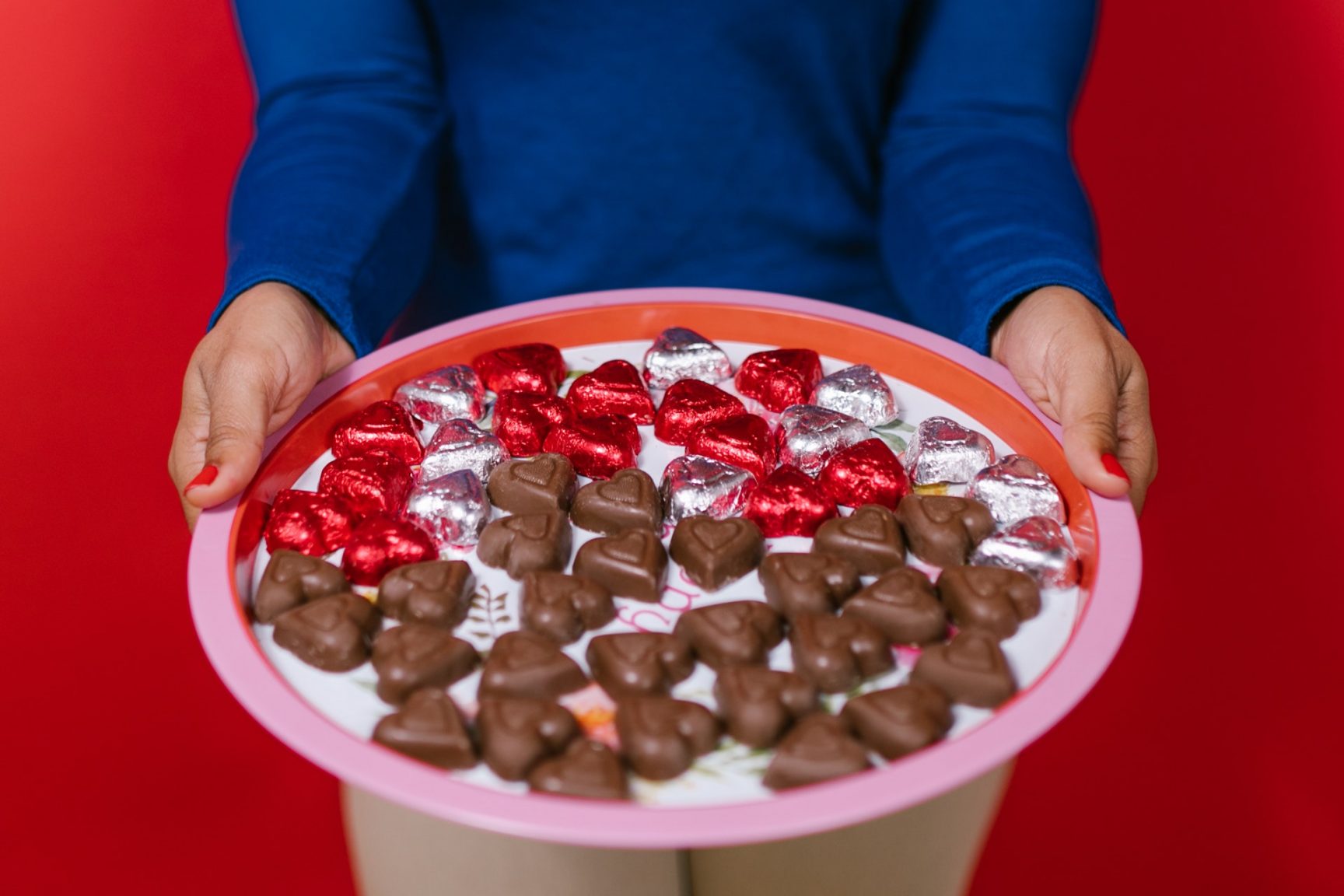
Chocolate hearts are pretty and can be a tasty way to show someone you love them. To what do we owe these delicious organs? A similar process to making the other chocolate confections on this list is responsible for bringing chocolate hearts to the world. Depending on the details in the heart design — and whether it’s anatomically correct — the chocolate may or may not be tempered.
Simple hearts don’t require the hardness of tempered chocolate. However, if there are a ton of details in the sweet, chances are the chocolate has been tempered to help the details keep their shape. There are tons of “bad” chocolate hearts on the market, though. This cheap chocolate doesn’t use cocoa butter, so it’s not nearly as tasty as the real thing.
What are your favorite Valentine’s Day treats? Did we leave yours out? Let us know!
Revolutionized is reader-supported. When you buy through links on our site, we may earn an affiliate commission. Learn more here.
Author
Emily Newton
Emily Newton is a technology and industrial journalist and the Editor in Chief of Revolutionized. She manages the sites publishing schedule, SEO optimization and content strategy. Emily enjoys writing and researching articles about how technology is changing every industry. When she isn't working, Emily enjoys playing video games or curling up with a good book.






